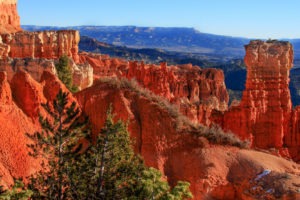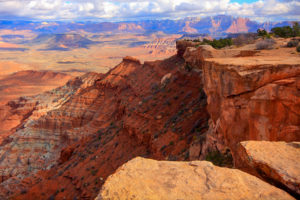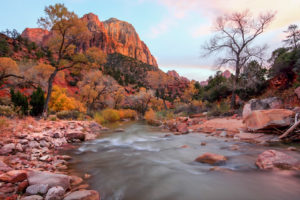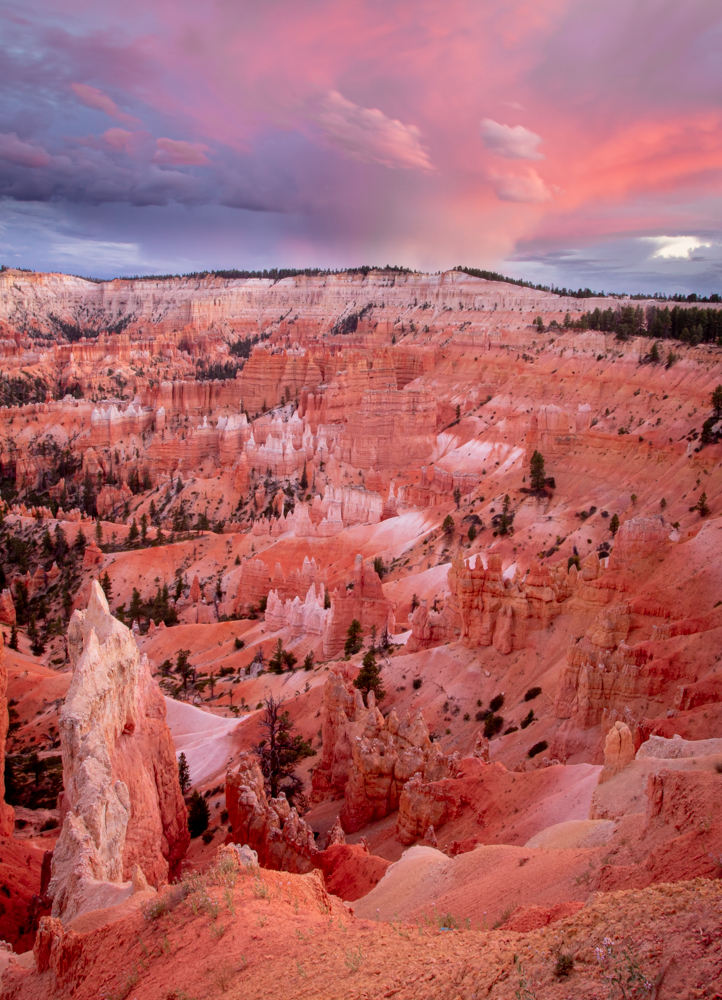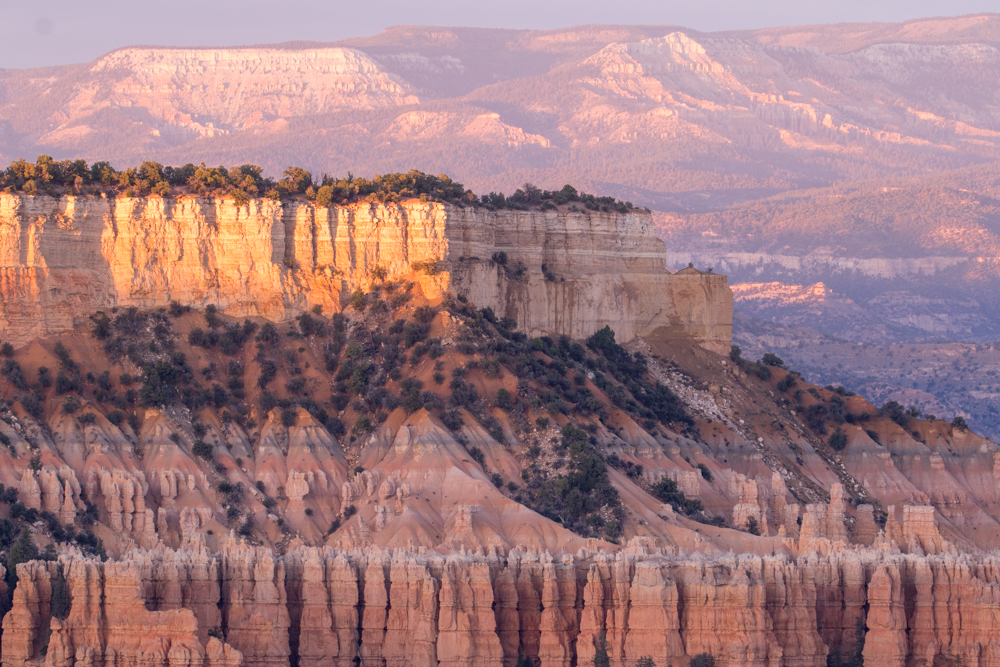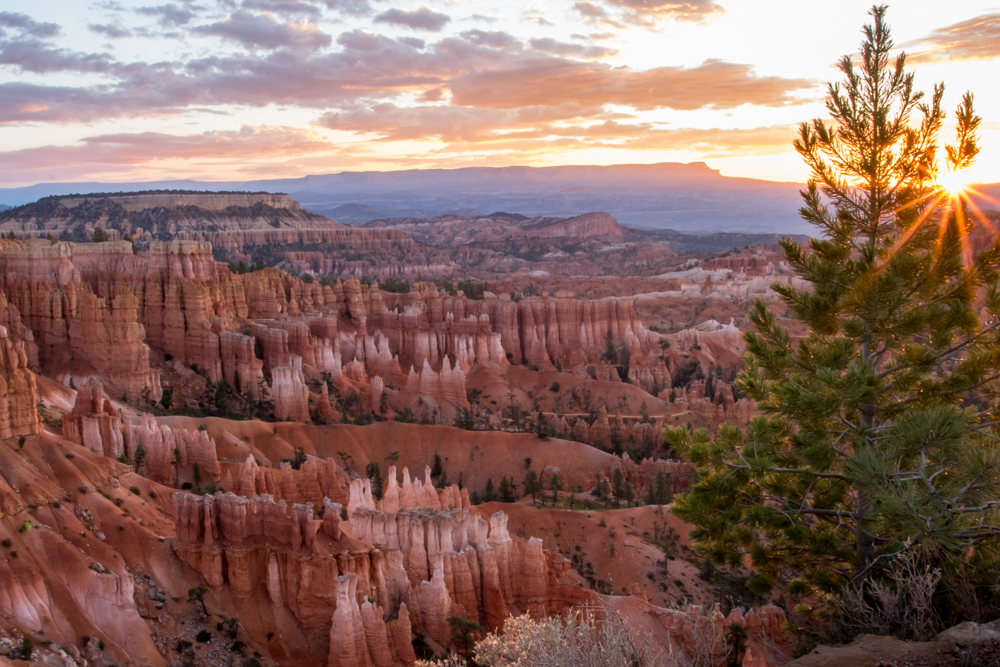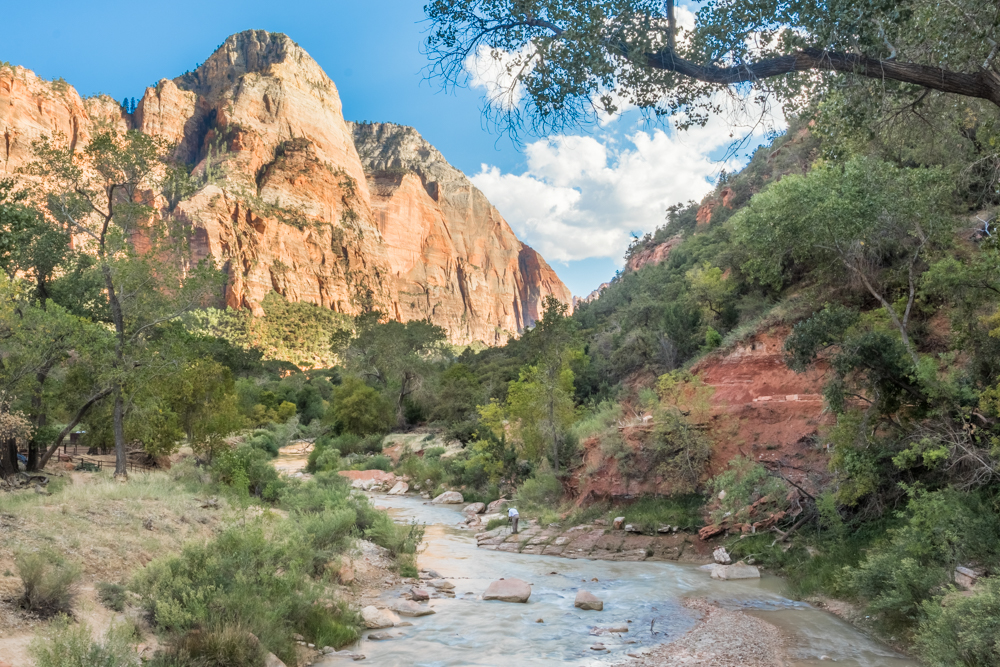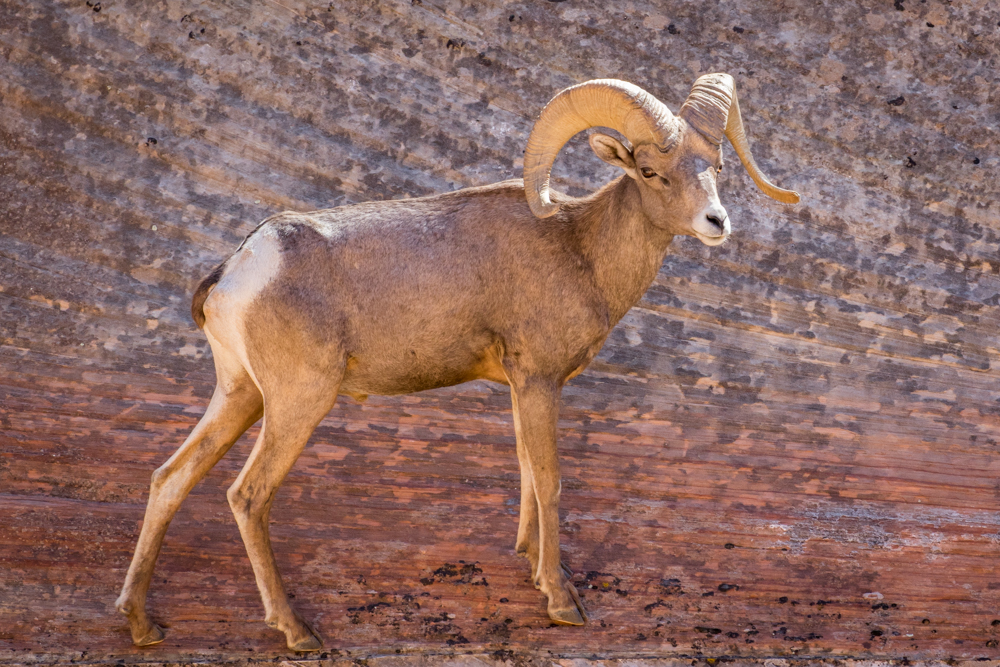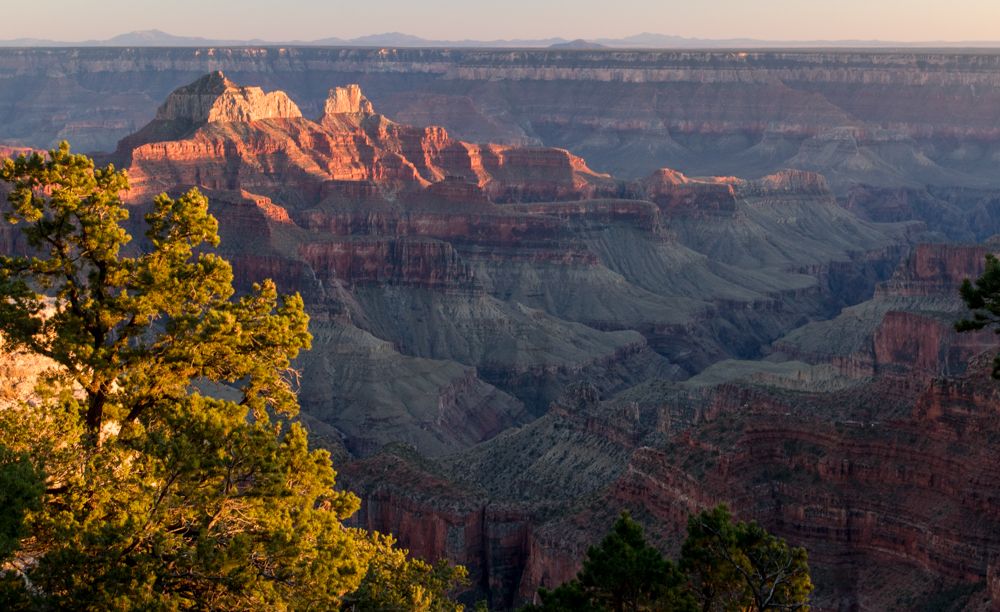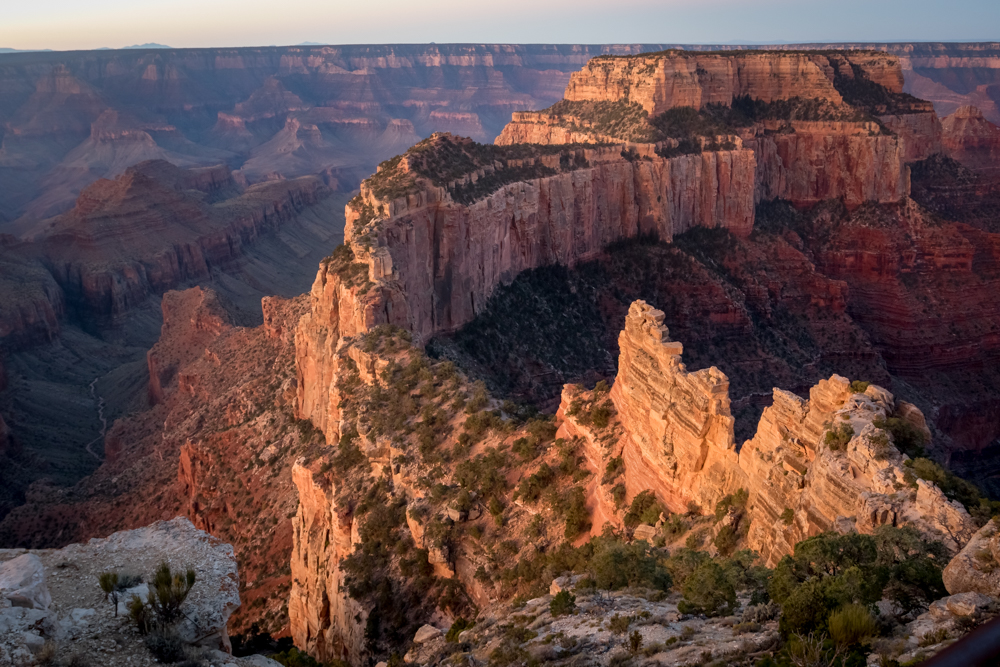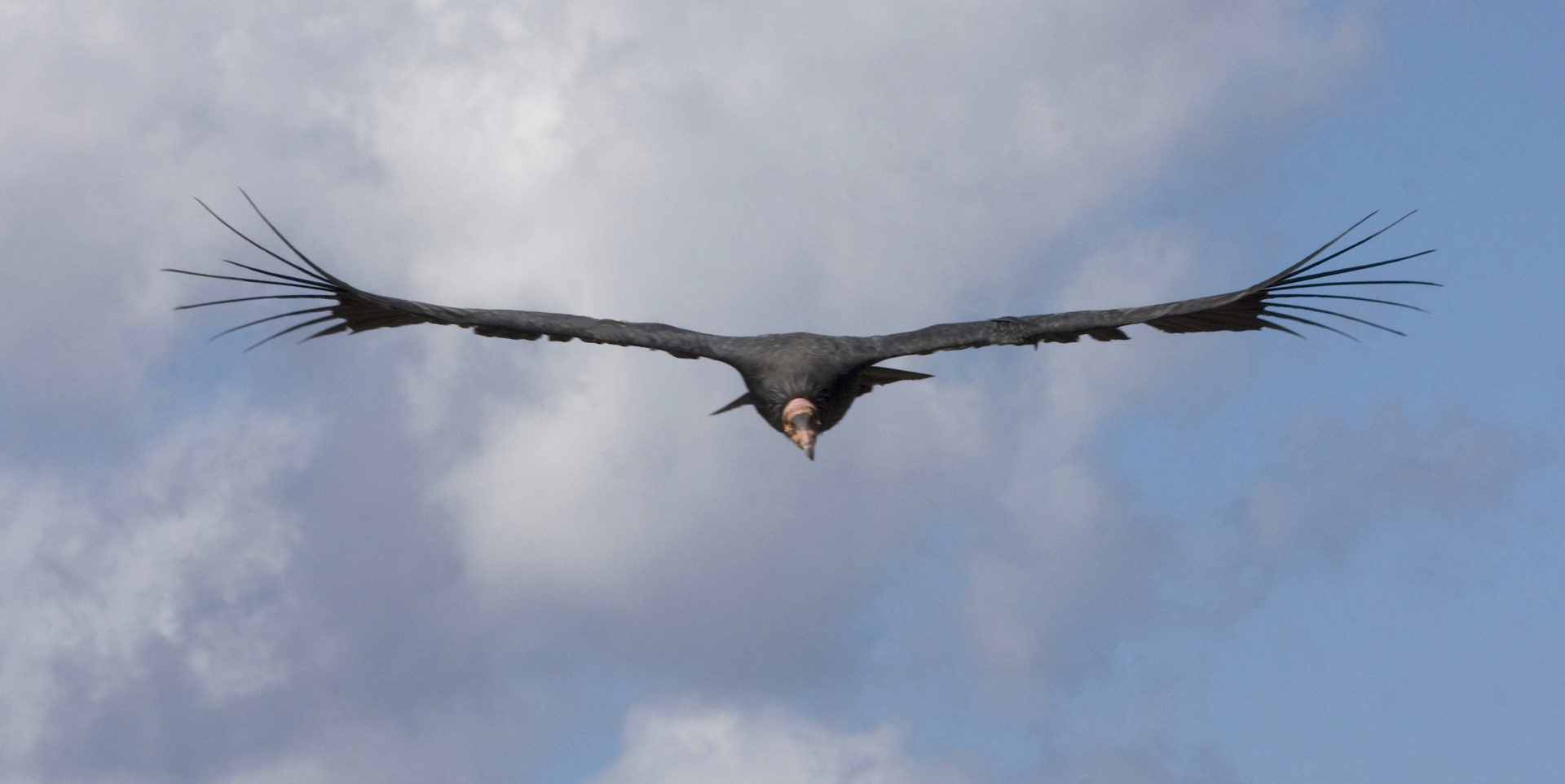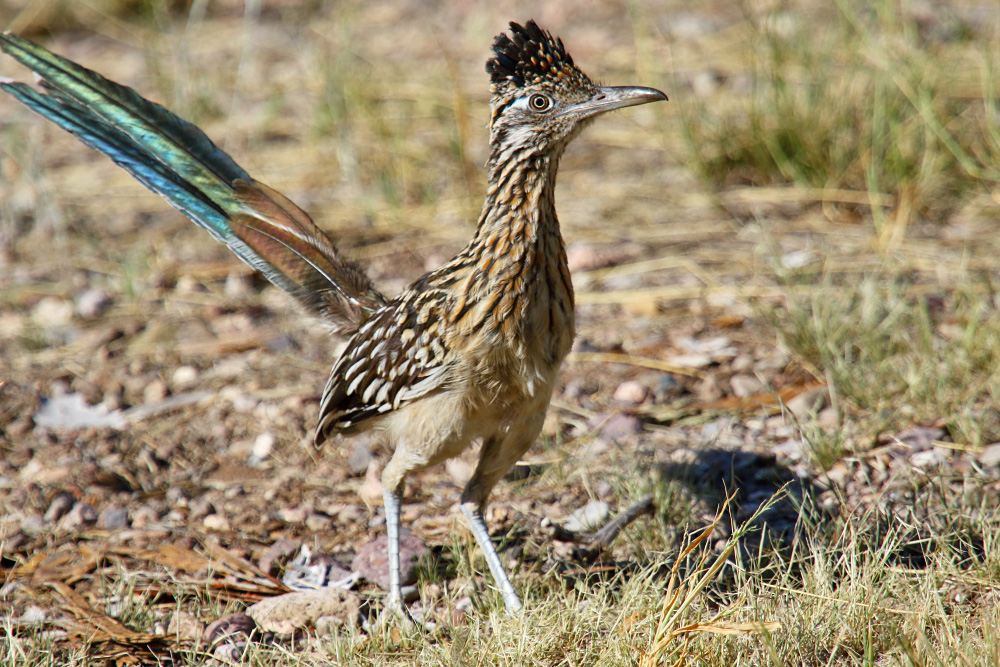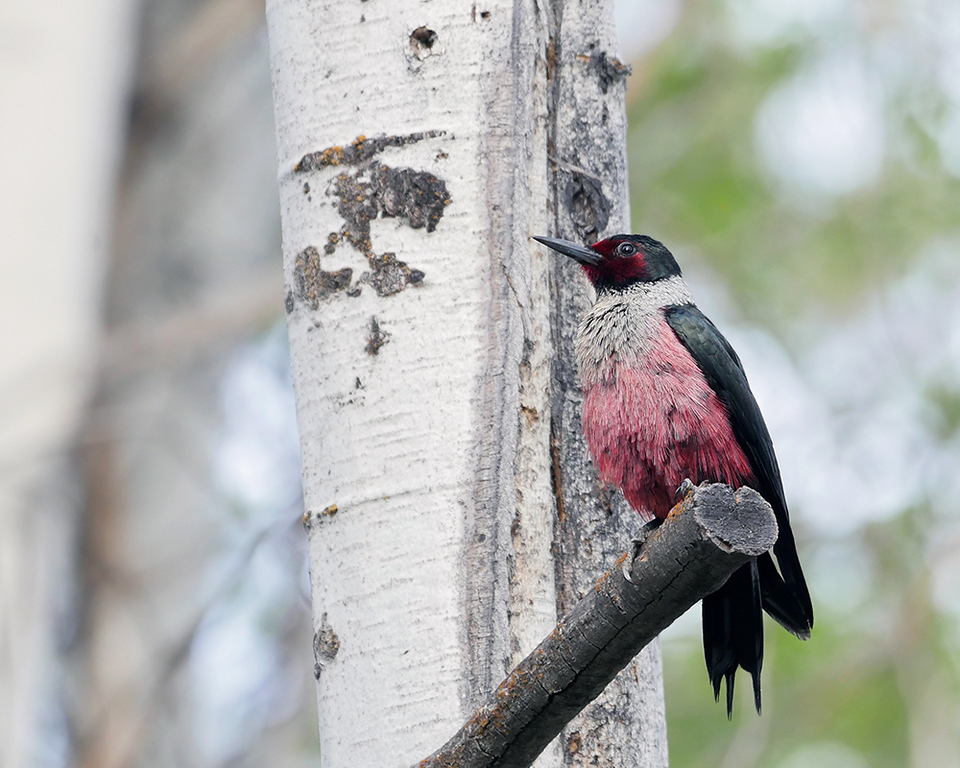Canyons of the Desert Southwest
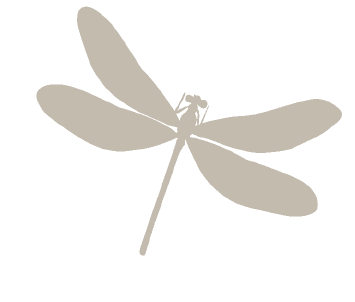
Bryce, Zion, and the Grand Canyon
September 5-13 2022 | $3600
M
orning light strikes the sandstone hoodoos and limestone arches of Bryce Canyon’s breathtaking amphitheater. As the sun crests over the Kaibab Plateau, the nebulas of the Milky Way dissolve into a radiant sapphire sky. The glowing walls and columns intensify in luminance as if lit from within. The winds and waters of three hundred million years etch into the geologic formations a history of ancient seas, extinct dinosaurs, and Eocene dunes. As we descend into the canyon, Scrub Jays and Clark’s Nutcrackers pick at the cones of Ponderosa Pines while elk and bighorn sheep punctuate nearby hills. At the base of the cliffs, lush groves of aspens and sacred datura flowers frame cool, clear creeks emerging from rare desert springs.
Such is the mesmerizing landscape of the Canyonlands of Utah and Arizona. This week-long excursion strings together explorations of Zion, Bryce Canyon, Capitol Reef, and Grand Canyon National Parks like beads on a red desert necklace. On this journey we will traverse the Kaibab Plateau in search of the region’s stunning geology, rich biodiversity, and unparalleled photographic opportunities.
Additional Information
Flow of the Day: The itinerary is designed to maximize our experience in nature. We won’t, however, be rushing from place to place to chase the largest species list possible. Our goal is to spend time appreciating the landscape and wildlife, and enjoying our encounters at an enjoyable pace.
Mornings and Evenings will be spent observing the canyons and landscapes. Afternoons will be spent on easy hikes to fantastic places, or driving between parks.
While our pacing is generally slow and relaxed, we are sometimes far from our lodging during the day, making it difficult to guarantee the regular afternoon siesta that some travelers wish for. During our full days at each part, travelers may have the option of remaining at the lodge or exploring independently instead of heading out on a group hike.
Clothing: Pack light field clothing of neutral colors. Bring several pairs of long pants and comfortable, light, airy shirts. Long-sleeved (relaxed fit) shirts are useful for protection from the sun, as is a light hat or cap. Good rain gear is essential, and a small umbrella is also recommended. Be sure to have a pair of comfortable walking shoes or hiking boots, plus a second pair of tennis shoes or sandals. A couple sweaters or fleeces, plus hat and gloves, is important for the mornings. Though we are in the desert, we will be at elevations approaching 9,000 ft, so we can experience near-freezing temperatures in the early morning, and mid-80s in the middle of the day.
Equipment: Bring a pair of binoculars and a camera with extra batteries. The guides will carry spotting scopes. Pack sunglasses and sunscreen, a small flashlight or headlamp, a small alarm clock (a smartphone will work), and a small daypack.
Health Considerations: Please consult your physician before the trip about the elevations we will be at. The region sits on a giant plateau that rises over 9,000 ft above sea level at points.
Physical Expectations: Much of the walking on this trip will be along roadsides or easily walked trails, but do expect some mud, potential soggy conditions, and some uneven and uphill terrain. Some walking destinations may make those with a major fear of heights uncomfortable, but we will never be in places that force travelers to hike near cliff edges or risky exposures.
Participants should be able to hike on moderate terrain at least 3-4 miles per day, and be ready to expect conditions that may be hot, cold, dry, wet, or anything in-between.
This trip is led by NBNC Staff Naturalist and Program Director, Sean Beckett. Sean has guided wildlife safaris, photography tours, and birding trips across North America for over a decade, including in the canyonlands of the southwest. His experience as a top-tier guide is complemented by a background in western wildlife research ranging from from raptor banding to deer monitoring to cougar tracking. Sean holds a M.S. from the University of Vermont's Field Naturalist program, and guides regularly with the World Wildlife Fund.
This trip is co-guided by a local naturalist and birder with deep expertise in the desert southwest.
What’s included:
- All lodging and meals.
- Two expert naturalist guides.
- Entrance fees and park admissions.
- Transportation in a comfortable van, including transfer to and from the airport.
- Pre-departure orientation session before the trip.
What is not included: Airfare, gratuities, pre- and post-trip meals, incidentals, and travel insurance*.
In the event of any trip disruptions such as weather delays, flight cancellations, illness, etc., North Branch Nature Center will not be able to provide a refund, so travel insurance through a company like Allianz is highly recommended. This is often an inexpensive product available during the checkout process when purchasing your airline tickets.
Ground Transportation
During the trip we will be traveling in two minivans, each driven by one of the adventure's two guides. This will allow us great flexibility to move around our busy national parks, and more comfort for travelers while on longer drives between our destinations.
Air Travel
Travelers will be responsible for arriving in Salt Lake City sometime on September 4th. We will arrange to pick up travelers from from their lodging in town mid-morning on September 5th.
Travelers will be responsible for booking flights out of Las Vegas no earlier than 1 pm on our final day. For travelers staying an extra night in Las Vegas, we can arrange drop-offs at your lodging in town.
Ready for the Southwest?
Email [email protected] to get signed up.
For a list of species seen on previous tours in this region, contact us at [email protected]
Detailed Itinerary
Welcome to Salt Lake City. The rugged Wasatch Mountains frame the backdrop to the first part of our drive as we head south of the city. We will leave town mid-morning today for our scenic drive to Capitol Reef. As we approach Torrey, Utah, we'll encounter our first brilliant red rock formations— the classic geologic features of the Colorado Plateau. We'll settle into our lodging and convene for a group dinner to discuss the week ahead. Accommodations at Capitol Reef Resort
We have the full day to explore one of the National Park system’s hidden gems. The geology here is spectacular, from fluted walls to massive domes, the story of Earth’s history is revealed at every turn. We stop at viewpoints, walk a series of trails that highlight different formations, and learn of the region’s natural history. We should see signs of fall color along the Fremont River. Accommodations at Capitol Reef Resort
Today’s journey provides expansive views as we drive up and over Boulder Mountain, one of the top scenic drives in Utah. From Capitol Reef, we ascend through spectacular vistas, aspen groves, and grand viewpoints of the Colorado Plateau below. The small town of Boulder was the last place in the US to have mail delivered by horseback; a paved road has only allowed us to traverse this route for the last few decades. We'll stop for coffee and watch for Wild Turkey, Wilson’s Warbler, Pine Siskin, Steller’s Jay, and Mule Deer.
From here the road gets wild, crossing massive sandstone features and climbing in elevation. We'll enjoy some photo stops while scanning for montane birdlife like Golden Eagle and Northern Goshawk. At Calf Creek we'll enjoy a picnic and hike for a few hours. Avid walkers may reach the falls at the end, or slower-paced naturalists can enjoy finding songbirds in the willows, recently-fledged Peregrine Falcons on the cliffs, or American Dipper in the creek.
On our way to Bryce we will also pass through Escalante, encountering some of the vistas of the Grand Staircase National Monument.
Our lodgings at Bryce are near the park, so we can settle in, grab an early dinner, and watch an unparalleled sunset over a panorama of rock features. Bryce provides ornate rock formations in every color of the rainbow and is completely different in character from both the Grand Canyon or Zion. Bryce Canyon is higher in elevation, and allows us to explore a variety of forests with a mixture of birds and mammals. We look for Utah Prairie Dog in the Bryce Canyon entrance area and Mule Deer and Elk can both be found here, too. The visitor center provides a wonderful orientation to the park with excellent displays and an extensive collection of natural history books about the region.
Accommodations near Bryce Canyon National Park
Bryce Canyon, established in 1905 by Theodore Roosevelt, is often the favorite of the parks among travelers—it is small and intimate, and presents a real playground of light. Perhaps more than the other parks, Bryce appeals to the imagination with its intricate pinnacles and hoodoo rocks that resemble human forms. The technicolor rocks of the large amphitheaters (eroded plateau edges) that comprise Bryce seem to glow in the early morning light. Thousands of colorful spires rise up and form a panorama like no other.
After breakfast, enjoy a great hike that descends through Bryce’s fanciful features to the river valley below. Experience firsthand the myriad creations in siltstone, sandstone, limestone, and dolomite. Those that do not want to hike can enjoy birding and relaxing at the canyon rim.
We return in time for lunch, then take a scenic drive along the rim for varied views of this wonderland of rock. Townsend’s Solitaire sing from atop Bristlecone Pine. Clark’s Nutcracker often call overhead in their flights between trees. In brushy areas we will search for Bushtit, Mountain Bluebird, Mountain Chickadee, and Juniper Titmouse. If the Pinyon Pines have a good cone crop, we may find flocks of Pinyon Jay. Accommodations near Bryce Canyon National Park
We say goodbye to Bryce late this morning and work our way to Red Canyon to take a walk and see the excellent interpretive exhibits along the trail that describe the local geology and ecology. We continue our drive following the Sevier River to Kanab. En-route we pass through the small and historic mormon communities of Orderville, Long Valley, and Hatch. Riparian vegetation occurs along much of our route, a bonus for finding birds like Bullocks Oriole, Lesser Goldfinch, Green-tailed Towhee, Black-chinned Hummingbird, and a mix of tanagers, swallows, and warblers.
We'll watch for colorful Mountain Bluebirds to be sitting on western buck and rail fence posts as we travel or for flocks of Pinyon Jays to be on the wing overhead. Willows lining the river corridor make great resting spots for warblers and sparrows moving through the region. Black-billed Magpies are now common among the sagebrush hills.
Kanab is well situated to finding California Condor, which have taken to nesting at Navajo Bridge in recent years. These are birds of the fascinating restoration efforts at the Vermilion Cliffs. This is also good day to look for species we may have missed, including Black-throated Sparrow, Woodhouse’s Scrub-Jay, Prairie Falcon, and Broad-tailed Hummingbird.
Accommodations at Canyon Lodge, Kanab.
Today we have a full day to explore the North Rim of Grand Canyon. It’s a spectacular drive up from Kanab, and we pass through huge pine forests along the way and aspen groves beginning to glow in their yellow fall foliage. Finding big groups of Wild Turkey is almost a certainty, along with herds of Mule Deer and Bison.
The canyon is grand. The colors of the canyon morph throughout the day as ever-changing light reflects off the canyon walls. The canyon is over 10 miles wide and over a mile deep. Vivid panoramas reveal a fantastic geologic history— over a billion years of time exposed by the Colorado River as it carves through the soft stone of the Kaibab Plateau. Weathering and erosion have created fantastic buttes and mesas within the canyon, while water and wind have sculptured the canyon walls. We take in as many of the vista points as possible before returning to Kanab for the evening.
Accommodations at Canyon Lodge, Kanab
This morning, we pack up and head toward Zion National Park, retracing our steps crossing Checkerboard Mesa where we often have a chance to spot Desert Bighorn Sheep.
Zion National Park is a fantastic realm of steep canyon walls, great domes, and tall towers. Our lodging is in the artisan town of Springdale, the gateway community to the park, where we get a great overview of the “temples,” natural domes that inspired the early Mormon pioneers of the region.
Driving into Zion, we stop at viewpoints, learn the geologic story and enjoy a walk on which we may find Western Tanager and Lazuli Bunting above sacred datura flowers and cottonwood groves.
After settling into our lodge, we'll take a picnic dinner to watch the sunset at a favorite destination overlooking Zion Canyon. Along the way, we'll keep an eye out for pronghorn antelope, mule deer, and birds of the Virgin River corridor such as Gambel’s Quail, Vermilion Flycatcher, Rock Wren, Ash-throated Flycatcher, Lewis’s Woodpecker, and Greater Roadrunner.
Accommodations in Springdale, Utah
In Zion we use a convenient and environmentally friendly shuttle bus system to access the various vistas and trails around the park. The road system is situated in the base of the canyon, so the park is often described as a rock temple, with breathtakingly tall and colorful cliffs rising all around. Local highlights are the narrows of the Virgin River, the Emerald Pools, and the Weeping Wall. The deep chasm of Zion Canyon displays a palette of reds, oranges, deep salmon, pink, yellow, and cream.
Along the trails you may find Black-throated Gray and Yellow-rumped Warblers, Black-headed Grosbeak, lizards sunning, secretive Ring-tailed Cat, and other local wildlife. Along the Virgin River we may find American Dipper, Black Phoebe, and both Rock and Canyon Wrens. One stop may have soaring California Condor, which frequent the park. We take sack lunches with us to enjoy in the shade of large cottonwoods. With the handy shuttle system, those that wish can return to town to sample the shops or relax, while others can continue to explore and enjoy the vista points.
Tonight, we enjoy a celebratory dinner at another great local restaurant in Springdale and review our final species lists and departure plans for the next day. Accommodations in Springdale, Utah
Today we pack up after an early breakfast and drive to Las Vegas for departures. We drive along the impressive Virgin River Gorge, and we pass through an expanse of Mojave Desert. This is just under a three-hour drive, including a few breaks to enjoy the vistas, flora, and fauna along the way. We arrive in time for flights out after 1:00 PM.
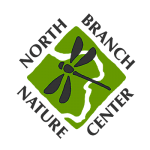
713 Elm Street
Montpelier, Vermont 05602
(802) 229-6206
Hours: Center Open Monday-Friday 9-4
Trails Open 24/7

